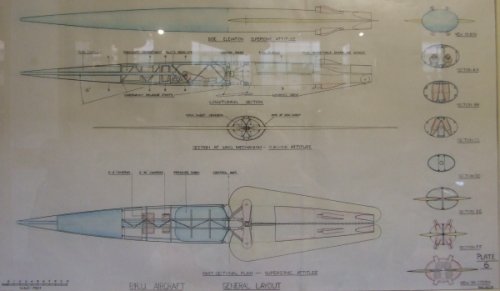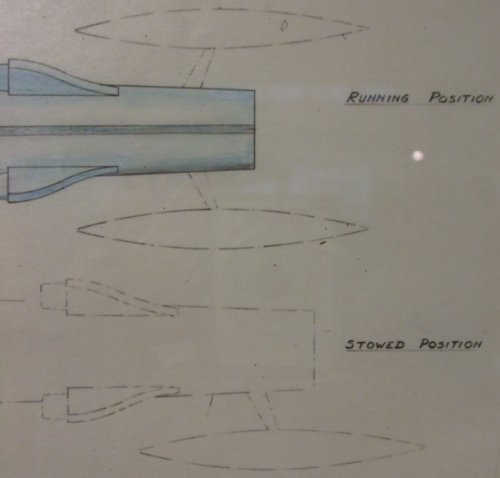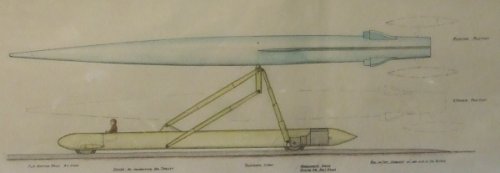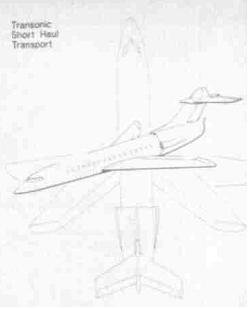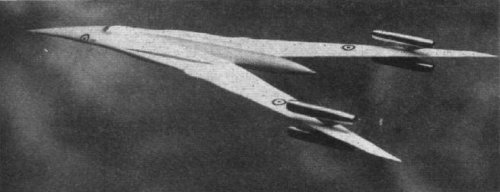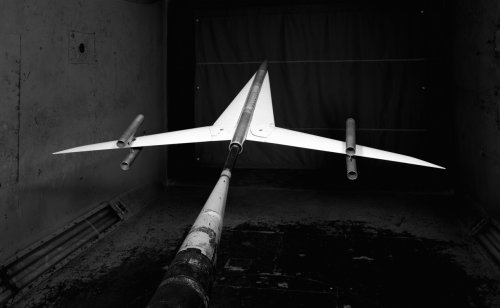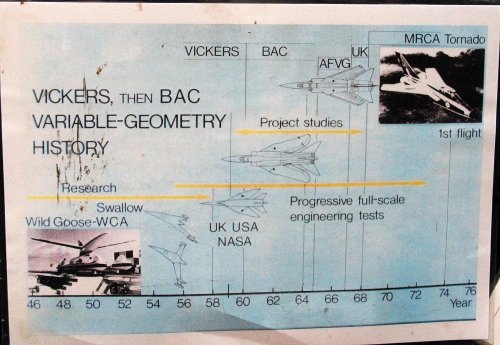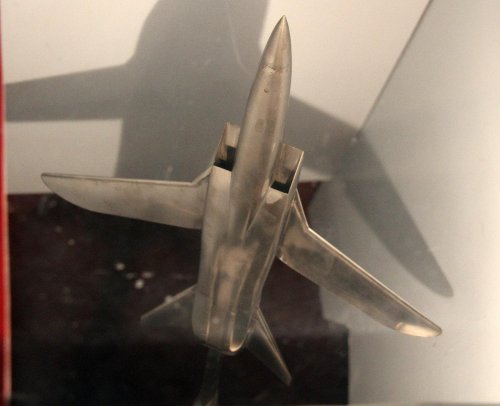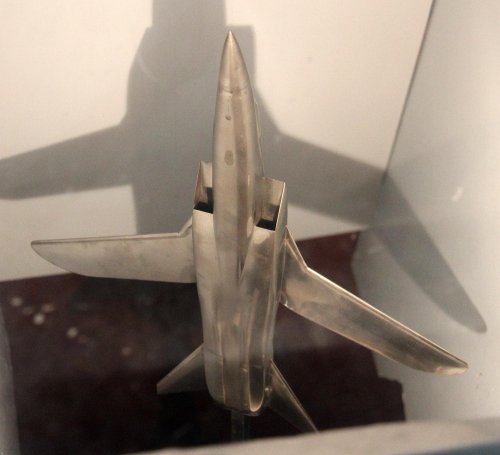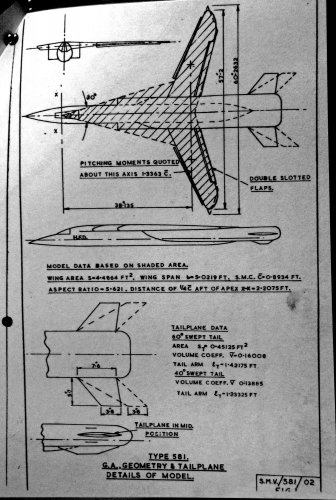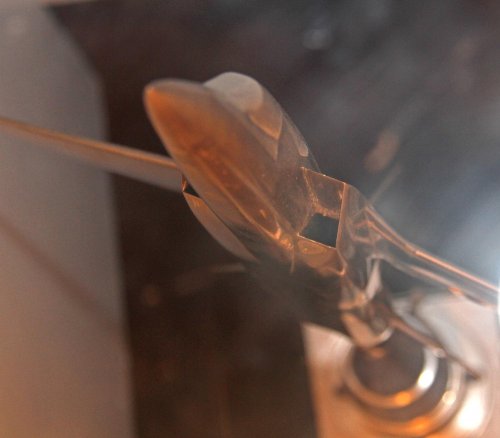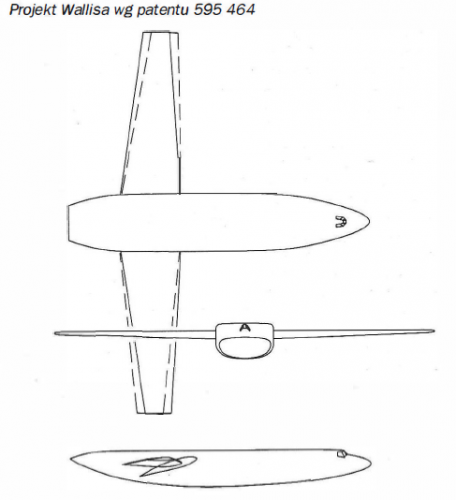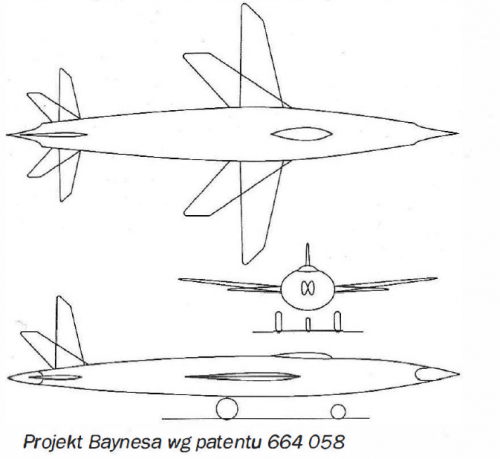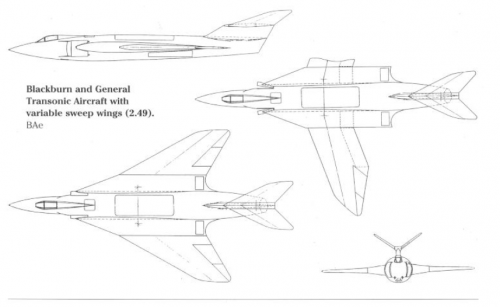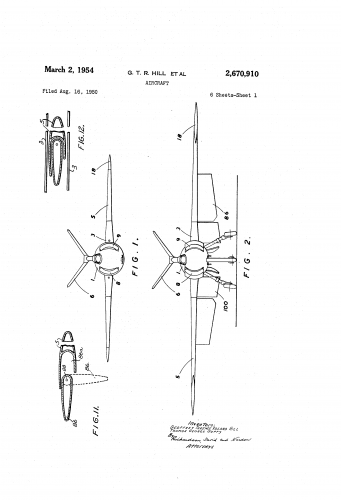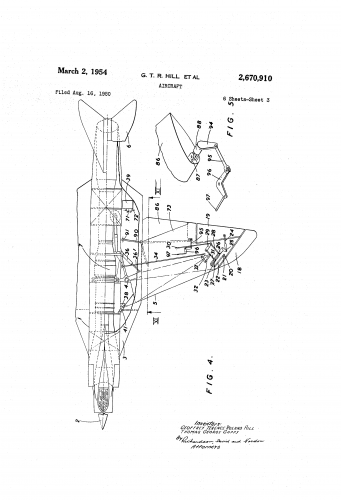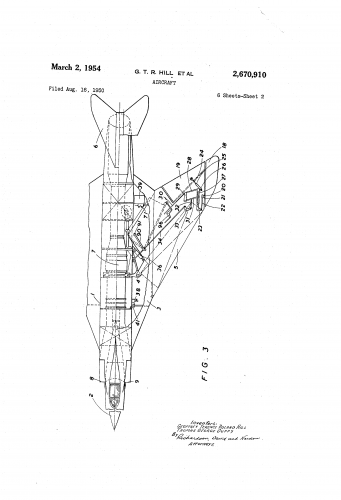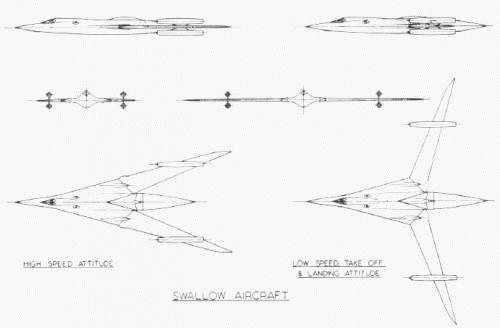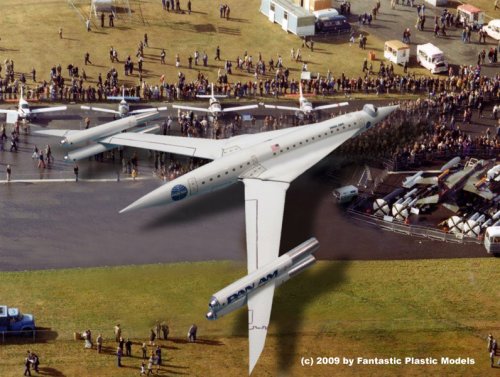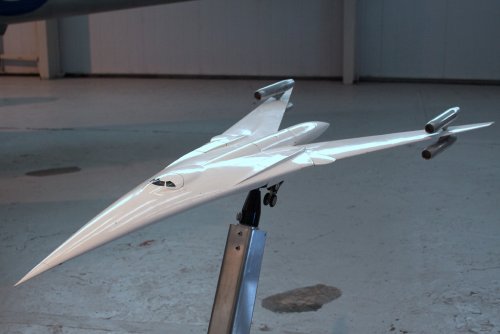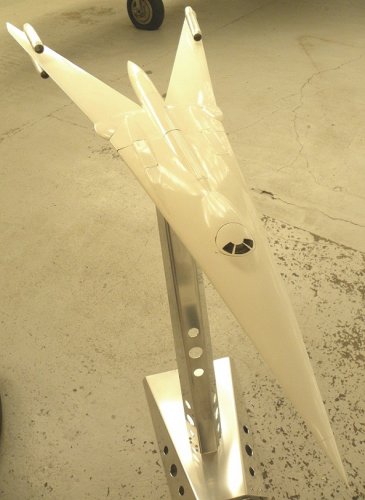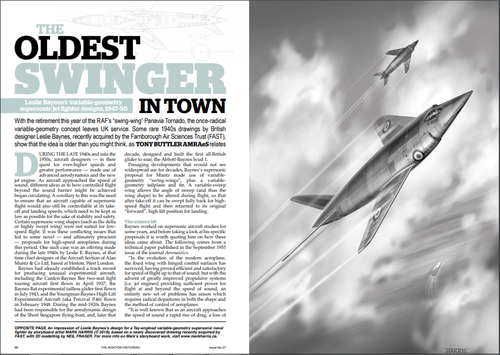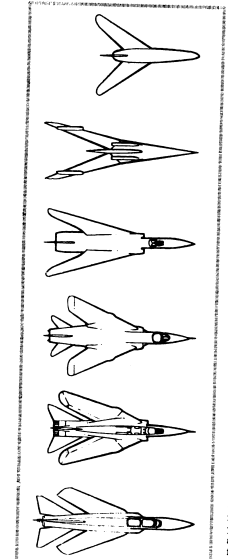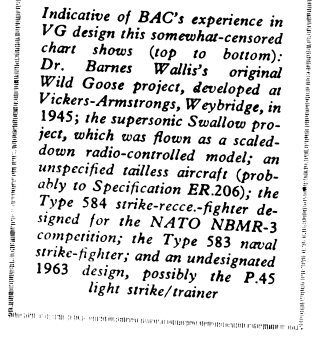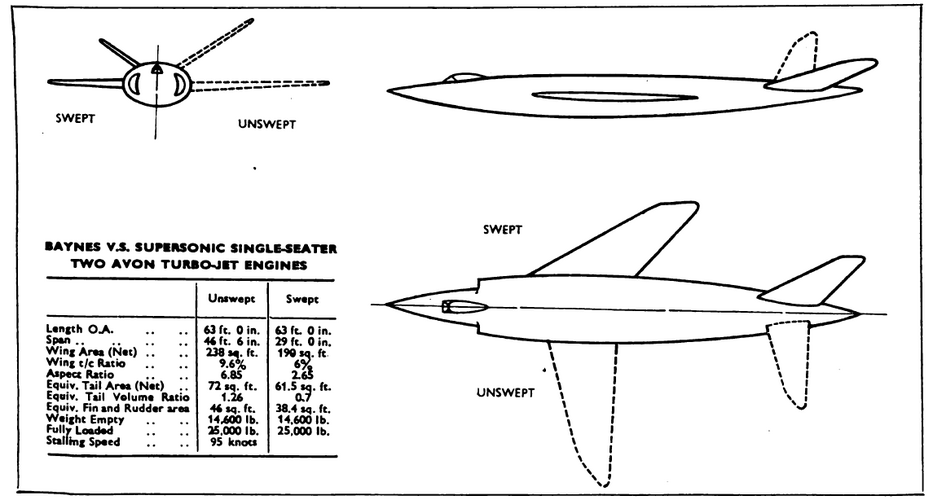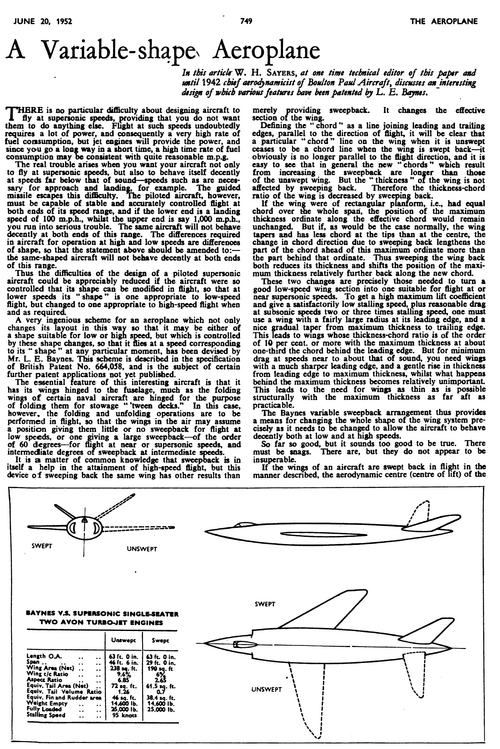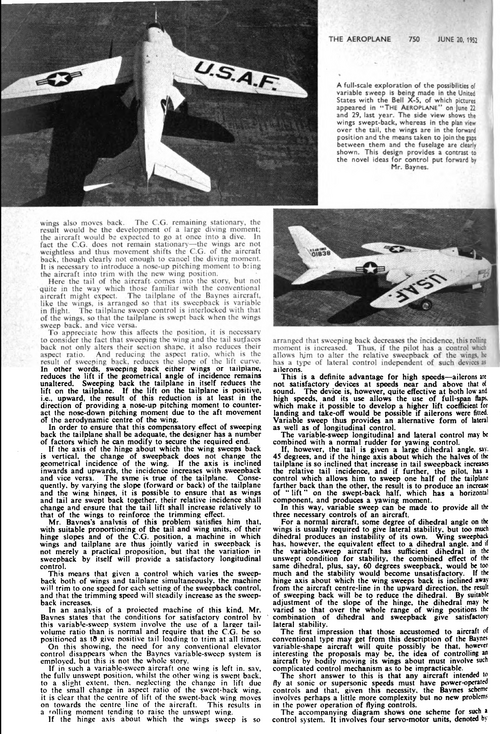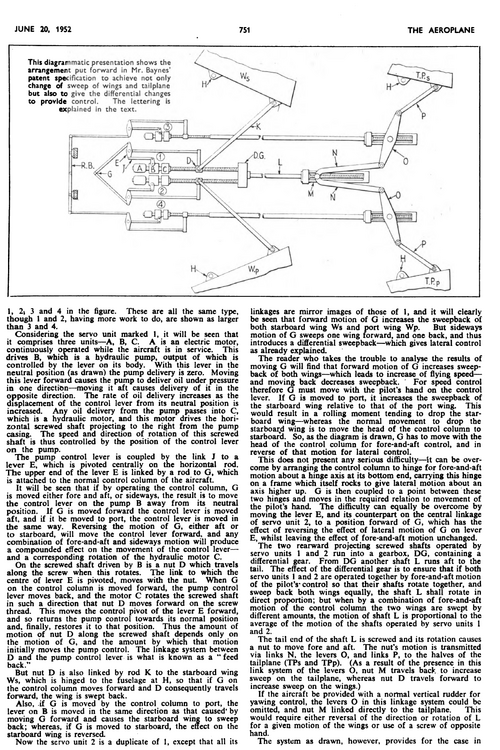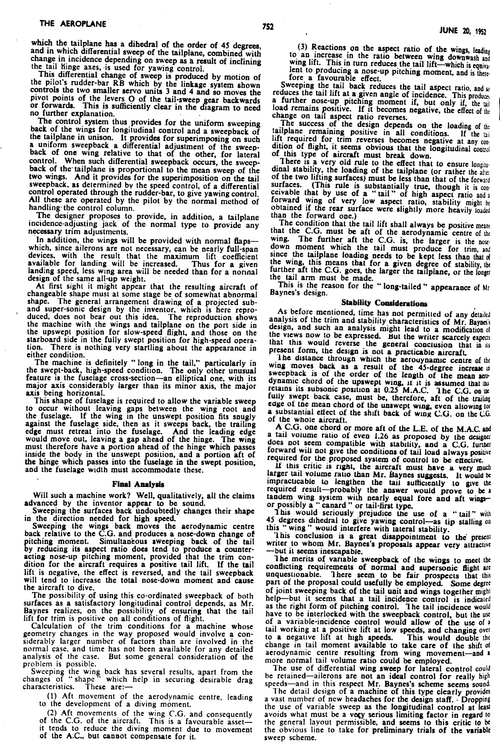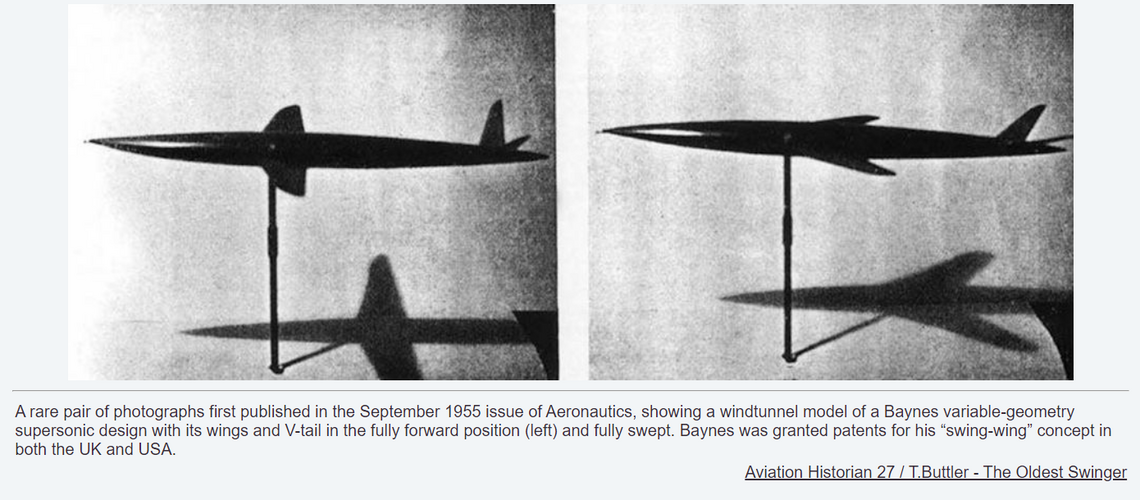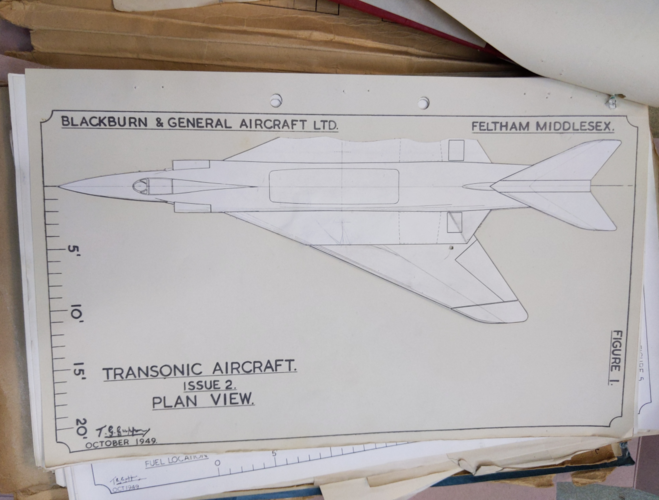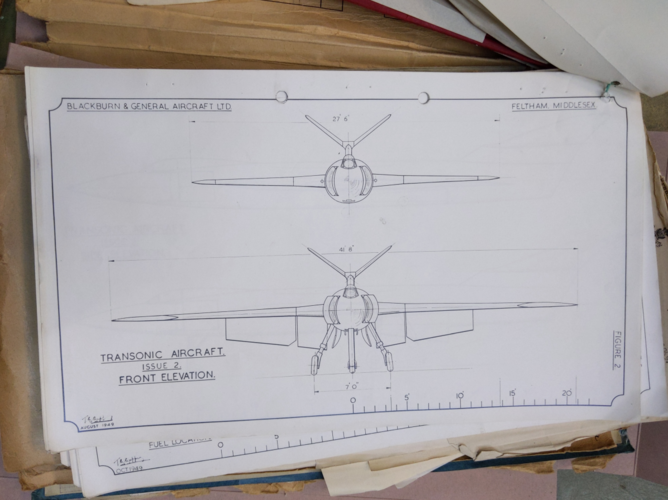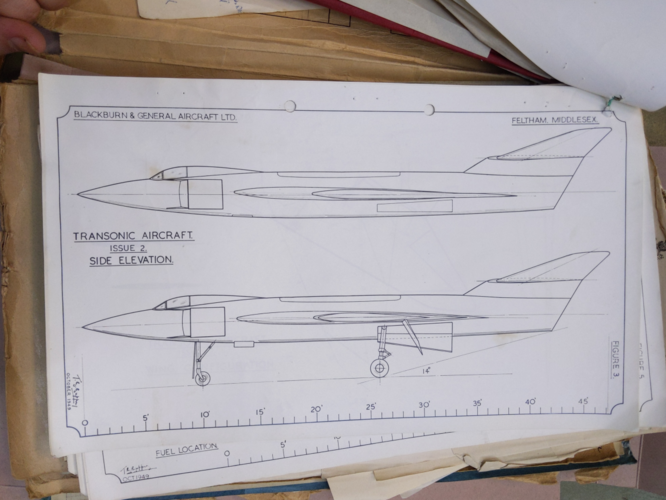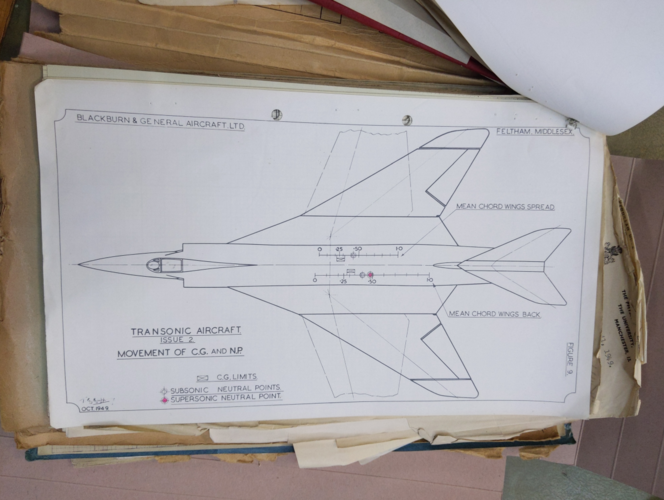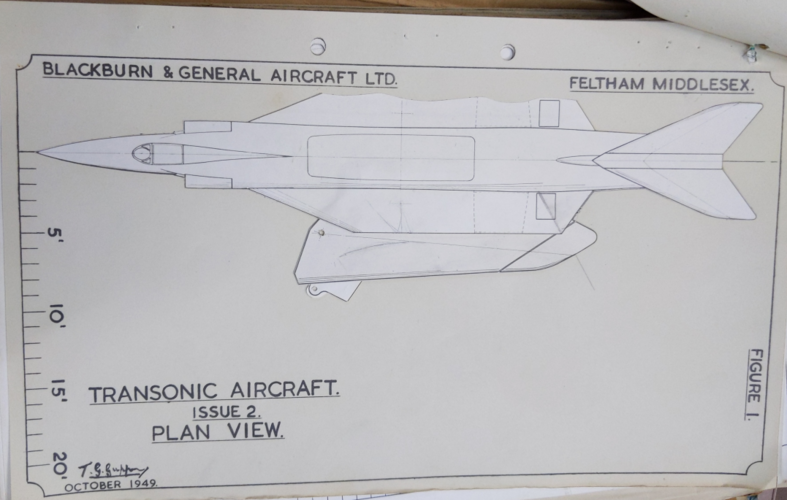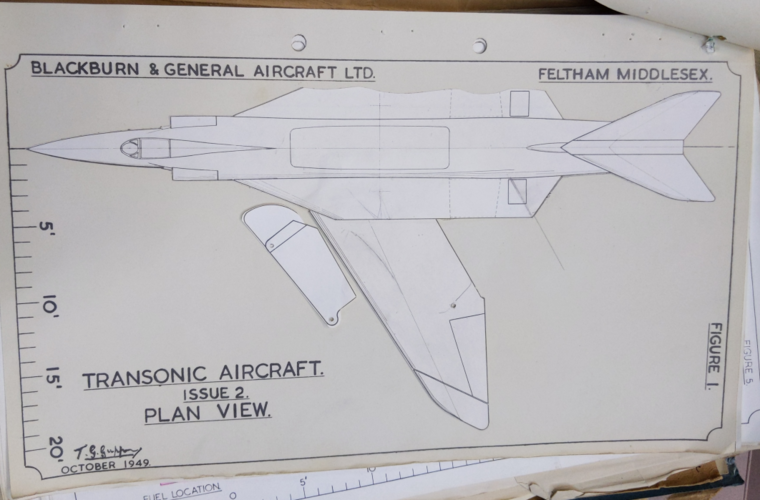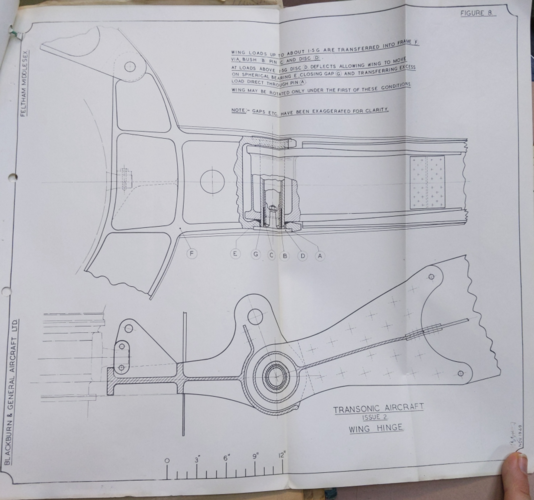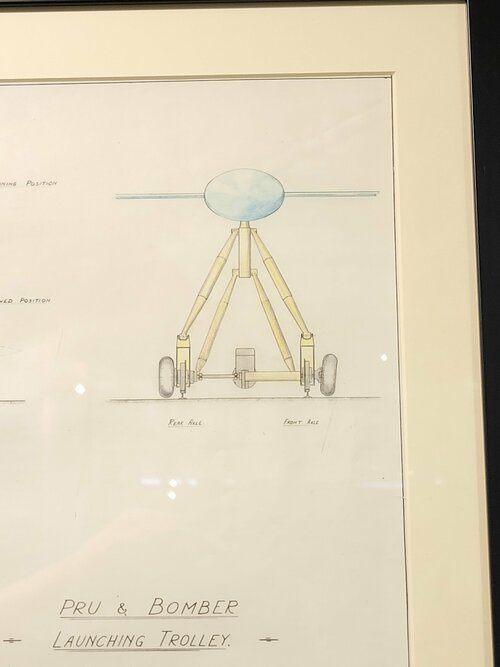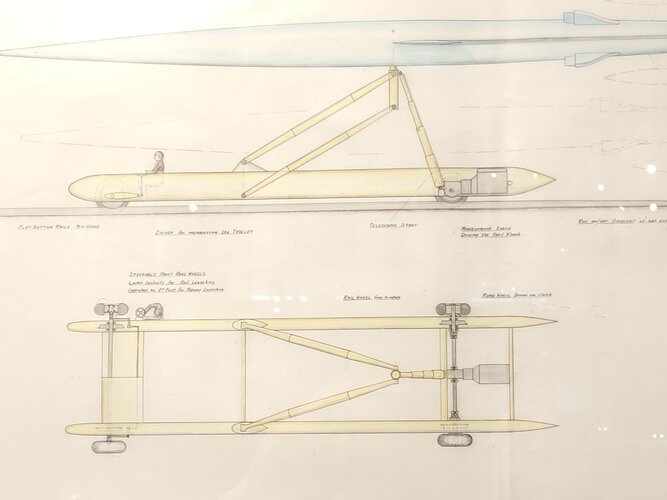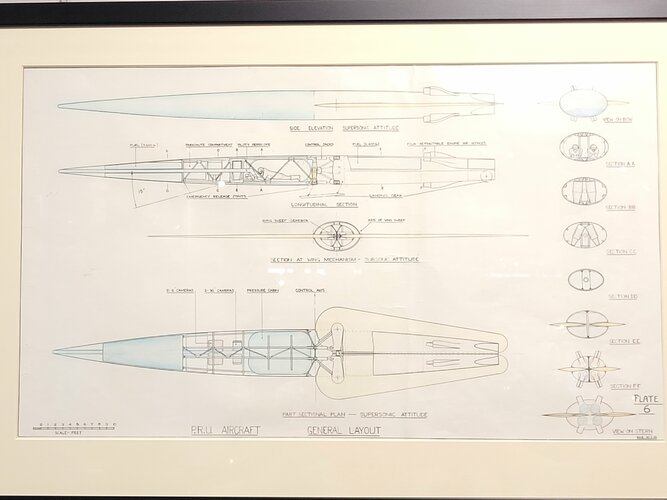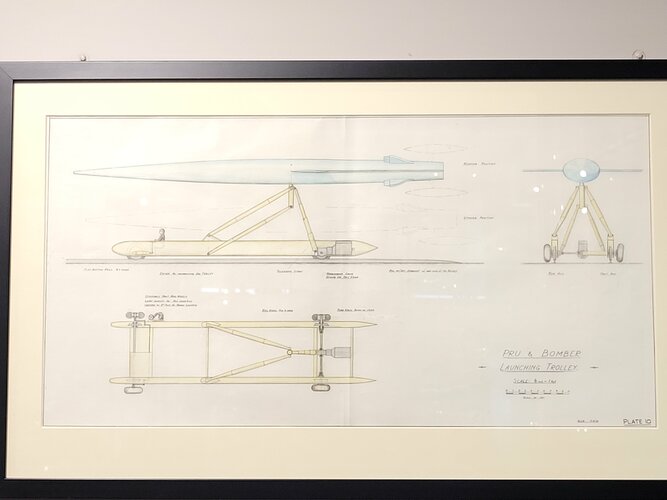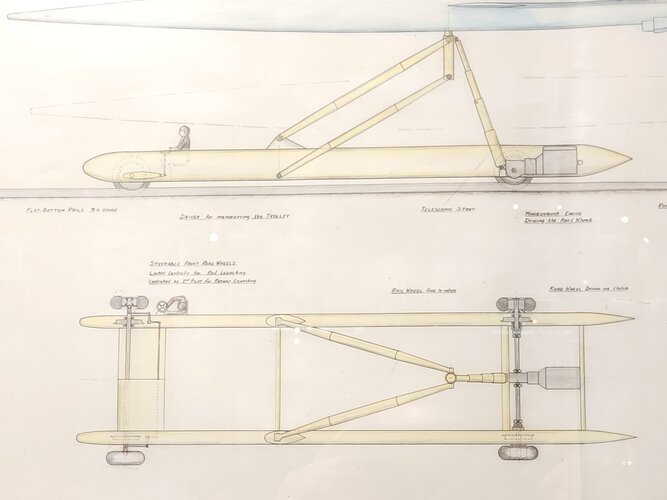You are using an out of date browser. It may not display this or other websites correctly.
You should upgrade or use an alternative browser.
You should upgrade or use an alternative browser.
British VG Projects
- Thread starter overscan (PaulMM)
- Start date
- Joined
- 1 May 2007
- Messages
- 2,593
- Reaction score
- 1,958
Barnes Wallis 1952 design for a P.R.U. and Bomber Aircraft
looks a lot like a manned 'Wild Goose' or 'Green Lizard'
As an aside, have you tried puting o polariser filter on your camera, it helps to remove the reflections when photographing through glass.
cheers,
Robin.
Yes, I did wish for a polariser filter as it would have helped with a lot of other exhibits. But they cost money and I only have so much of that and many bills to pay with 5 children :
Regards,
Barry
ps do you think the ghost images may be bombs for the bomber version?
Regards,
Barry
ps do you think the ghost images may be bombs for the bomber version?
Attachments
- Joined
- 1 May 2007
- Messages
- 2,593
- Reaction score
- 1,958
ps do you think the ghost images may be bombs for the bomber version?
'spose so, but why only stow the dorsally mounted one? And why have a dorsally mounted store at all?
cheers,
Robin.
- Joined
- 1 May 2007
- Messages
- 2,593
- Reaction score
- 1,958
Sorry for not getting back to this sooner.....
I see what you mean, now. Yes, they could be free-fall bombs, released as the aircraft overflies the target at high speed, giving it time to escape the [nuclear] explosion.
Or, they could be extra fuel tanks, released when the fuel is consumed.
cheers,
Robin.
I see what you mean, now. Yes, they could be free-fall bombs, released as the aircraft overflies the target at high speed, giving it time to escape the [nuclear] explosion.
Or, they could be extra fuel tanks, released when the fuel is consumed.
cheers,
Robin.
- Joined
- 20 January 2007
- Messages
- 952
- Reaction score
- 1,138
HB: Buttler, BSP 1 (Fighters Since 1950) P.116. He, correctly, summarises as "as big a mouthful as TSR.2...never any chance of metal being cut". RN wanted, and got reheated Spey F-4; Govt explored/RAF did not want NBMR.3, and, ultimately got F-4M, then Tornado.
- Joined
- 15 July 2007
- Messages
- 4,875
- Reaction score
- 4,526
Nope. RAF was quite happy with P1154 for the MRI mission, got F4s and finaly Jaguar.
Tornado is the final successor to the TSR.2 fiasco.
Hammer Birchgrove
Depends on the sort of difficulties they'd have developing the VG wing.
Tornado is the final successor to the TSR.2 fiasco.
Hammer Birchgrove
Depends on the sort of difficulties they'd have developing the VG wing.
Photograph of a model of Dr. Barnes Wallis' Swallow with wings in the supersonic configuration.
Source: "Barnes Wallis Speaks" Flight January 8, 1960
http://www.flightglobal.com/pdfarchive/view/1960/1960 - 0034.html
Source: "Barnes Wallis Speaks" Flight January 8, 1960
http://www.flightglobal.com/pdfarchive/view/1960/1960 - 0034.html
Attachments
- Joined
- 13 June 2007
- Messages
- 2,172
- Reaction score
- 3,073
The Swallow is one of those "Wow" designs that has intrigued for years. Considering the time frame that the design falls within, was it technically feasible within the constraints of industry, engines and materials of the day? And could most of the design points been met with something a bit more "pedestrian"?
Enjoy the Day! Mark
Enjoy the Day! Mark
Wind tunnel model of Barnes Wallis Swallow.
From Langley Research Center - Multimedia Repository:
Source: http://lisar.larc.nasa.gov/UTILS/info.cgi?id=EL-2008-00002
From Langley Research Center - Multimedia Repository:
L58-1324a: concept of variable-sweep model - tested at NASA Langley Research Center. Photographed 12/9/1958
Source: http://lisar.larc.nasa.gov/UTILS/info.cgi?id=EL-2008-00002
Attachments
danielgrimes
ACCESS: Confidential
- Joined
- 8 October 2007
- Messages
- 57
- Reaction score
- 11
zebedee said:By the way one thing that bothers me about the VG Lightning, surely the stress loads around the VG pivot and UC mounting must have been horrendous...?
Zeb
I think the VG lightning was first suggested by Vickers and I cannot recall the exact type number but it was a Type 5XX or something. Anyway, the variable geometry in this design was only the outer 30%-50% of the wing, so no massive stress loads etc, however fitting the pivot mechanism into the slender wings may have been a reason for it never leaving the drawing board!
Has anyone seen how the 4 AAM or alternative 8,000lb bombs were to be carried on the BAC Type 583 - all wing or a combination of fuselage and wing?
Is there any possibility of semi-recessed for the AAM at this time?
Is there any possibility of semi-recessed for the AAM at this time?
- Joined
- 2 January 2006
- Messages
- 659
- Reaction score
- 283
Yes semi-recessed is viable, the Phantom had them after all and the 583 was intended to match the Phantom capabilities to some extent.
The AFVG cutaway show semi-recessed sparrow sized missiles so possible on 583, although i suspect there would only be a pair of missiles rather the quad of the toom.
The AFVG cutaway show semi-recessed sparrow sized missiles so possible on 583, although i suspect there would only be a pair of missiles rather the quad of the toom.
- Joined
- 12 May 2008
- Messages
- 227
- Reaction score
- 460
Here is info currently on display at Brooklands re British VG history and a wind tunnel model of the Vickers Type 581
Attachments
- Joined
- 27 December 2005
- Messages
- 17,707
- Reaction score
- 26,154
Nice photos, and thanks for thinking of us while on your automotive trip 
- Joined
- 26 May 2006
- Messages
- 34,815
- Reaction score
- 15,696
Jemiba said:Could it be, that the second one isn't a project drawn by Barnes Wallis. but by (L.E. ?) Baynes ?
I think you are right my dear Jemiba.
- Joined
- 26 May 2006
- Messages
- 34,815
- Reaction score
- 15,696
Hi,
I found this Blackburn VG fighter patent,and it was a real project,designed by G.T.R. Hill.
I found this Blackburn VG fighter patent,and it was a real project,designed by G.T.R. Hill.
Attachments
blackkite
Don't laugh, don't cry, don't even curse, but.....
- Joined
- 31 May 2007
- Messages
- 8,807
- Reaction score
- 7,678
Hi!
Bomber model picture source.
View: https://www.flickr.com/photos/58611670@N04/14165965953
"Vickers010
What might have been. The Vickers Type 010 Swallow was designed in the 1950's by Barnes Wallis. It was intended to be a Mach 2.5 swing-wing bomber. The Defense Ministry were not so impressed and the project was cancelled. Model displayed at the RAF Museum, Cosford 1 May 2014"
RAF Museum

 www.warbirdsnews.com
www.warbirdsnews.com
Bomber model picture source.
View: https://www.flickr.com/photos/58611670@N04/14165965953
"Vickers010
What might have been. The Vickers Type 010 Swallow was designed in the 1950's by Barnes Wallis. It was intended to be a Mach 2.5 swing-wing bomber. The Defense Ministry were not so impressed and the project was cancelled. Model displayed at the RAF Museum, Cosford 1 May 2014"
RAF Museum

RAF Museum Cosford Exhibits Models of Cancelled Concept Aircraft
The Royal Air Force Museum in Cosford, UK is displaying a collection of original aircraft concept models designed by some of Britain’s biggest aircraft manufa
Attachments
- Joined
- 5 May 2007
- Messages
- 1,479
- Reaction score
- 2,846
The idea was to use thrust vectoring for control, so the longer arm would increase control effectiveness.dan_inbox said:Surely the engine-out case during take-off or landing is going to be a major issue.
What could be the reason for placing he engines so extremely far outboard?
- Joined
- 5 May 2007
- Messages
- 1,479
- Reaction score
- 2,846
I'm completely convinced by their logic. I'm rather less than convinced by the sanity of the starting assumptions. It's always struck me as a project that was the result of engineers with insufficient management oversight....dan_inbox said:Thanks, RLBH. Not sure I am completely convinced by their reasoning, but at least it explains.
- Joined
- 19 October 2012
- Messages
- 1,980
- Reaction score
- 1,931
Harsh. Wallis had the full support of McClean when he joined Vickers Aviation and was able to develop his geodetics ideas even as far as McClean 'green-lighting' the G13/31 Monoplane as a private venture.CJGibson said:Management oversight of Barnes Wallis? He'd never have done anything.
Chris
- Joined
- 26 May 2006
- Messages
- 34,815
- Reaction score
- 15,696
From Aviation Historian 27,
my dear Tony Buttler wrote a good thread about Leslie Baynes VG aircraft,and here is a sample,announced
by the magazine itself.
my dear Tony Buttler wrote a good thread about Leslie Baynes VG aircraft,and here is a sample,announced
by the magazine itself.
Attachments
- Joined
- 27 December 2005
- Messages
- 17,707
- Reaction score
- 26,154
Thanks, RLBH. Not sure I am completely convinced by their reasoning, but at least it explains.
It just needed fly-by-wire to work, in my opinon.
- Joined
- 25 June 2014
- Messages
- 1,564
- Reaction score
- 1,498
Curiously, British work on VG seems to have arisen independently three times over, between 1945 and 1947.
First off the block was Barnes Wallis in 1945, beginning work on his "wing-controlled aerodyne", which he regarded to be a distinct type of aircraft from the conventional aeroplane. It drew heavily on his work on airships such as the R101 and their aerodynamic control and stability. He progressed from Wild Goose, with a very blimp-like fuselage, to the Green Lizard missile and eventually to Swallow. Not sure where the Science Museum's PRU version fits in, but it looks very much like a manned derivative of Green Lizard.
Two years later LE Baynes, designer for Alan Muntz & Co and best known for his Bat tailless carrier wing (which the world's most experienced tailless pilot Robert Kronfeld found a delight to fly), produced a complex VG concept design in which almost everything seems to have swung or swivelled in one way or another. Like Wallis' work, nothing seems to have come of it.
At much the same moment as Baynes began on VG, GAL engaged GTR Hill as consultant. The background to this is intriguing. Hill is familiar for his tailless swept-wing Pterodactyls, inspired by the pioneer safety aeroplanes of JW Dunne. The Pterodactyl IV had a short range of variable wing sweep for longitudinal trim. While Hill and Handley Page's Gustav Lachmann were sent to Canada early in WWII (where Hill designed the NRC glider and Lachmann was incarcerated as an untrustworthy alien), the UK had no remaining expertise in tailless aircraft. Nevertheless, the Tailless Aircraft Advisory Committee (many of whose members were old acquaintances of Dunne and Hill, and should frankly have known better) saw fit to commission some experimental types off GAL. The world's most prolific test pilot, Eric "Winkle" Brown, decreed the one he took up to be the most dangerous machine he had ever flown. It went on to prove his point by killing Kronfeld. In the light of all this, taking on Hill as consultant a few years later might just have seemed like a good way to avoid making the same design blunders again (my cheeky speculation as to motive, there). The result was a VG "transformable delta", whose successor projects appeared under the Blackburn name after that company acquired GAL. This was the line of development which led, via various routes, to all the other projects in this thread.
First off the block was Barnes Wallis in 1945, beginning work on his "wing-controlled aerodyne", which he regarded to be a distinct type of aircraft from the conventional aeroplane. It drew heavily on his work on airships such as the R101 and their aerodynamic control and stability. He progressed from Wild Goose, with a very blimp-like fuselage, to the Green Lizard missile and eventually to Swallow. Not sure where the Science Museum's PRU version fits in, but it looks very much like a manned derivative of Green Lizard.
Two years later LE Baynes, designer for Alan Muntz & Co and best known for his Bat tailless carrier wing (which the world's most experienced tailless pilot Robert Kronfeld found a delight to fly), produced a complex VG concept design in which almost everything seems to have swung or swivelled in one way or another. Like Wallis' work, nothing seems to have come of it.
At much the same moment as Baynes began on VG, GAL engaged GTR Hill as consultant. The background to this is intriguing. Hill is familiar for his tailless swept-wing Pterodactyls, inspired by the pioneer safety aeroplanes of JW Dunne. The Pterodactyl IV had a short range of variable wing sweep for longitudinal trim. While Hill and Handley Page's Gustav Lachmann were sent to Canada early in WWII (where Hill designed the NRC glider and Lachmann was incarcerated as an untrustworthy alien), the UK had no remaining expertise in tailless aircraft. Nevertheless, the Tailless Aircraft Advisory Committee (many of whose members were old acquaintances of Dunne and Hill, and should frankly have known better) saw fit to commission some experimental types off GAL. The world's most prolific test pilot, Eric "Winkle" Brown, decreed the one he took up to be the most dangerous machine he had ever flown. It went on to prove his point by killing Kronfeld. In the light of all this, taking on Hill as consultant a few years later might just have seemed like a good way to avoid making the same design blunders again (my cheeky speculation as to motive, there). The result was a VG "transformable delta", whose successor projects appeared under the Blackburn name after that company acquired GAL. This was the line of development which led, via various routes, to all the other projects in this thread.
Last edited:
- Joined
- 26 May 2006
- Messages
- 34,815
- Reaction score
- 15,696
Attachments
youROKer
ACCESS: Confidential
- Joined
- 15 May 2013
- Messages
- 107
- Reaction score
- 445
Blackburn project from 1949. Info from source: Mach 1.5, crusing speed 547 knots (1013kph), climb 19k - 20k ft/min, only weapons are 2 x 30mm with 400 rounds.Hi,
I found this Blackburn VG fighter patent,and it was a real project,designed by G.T.R. Hill.
Source: Ed Webster from Armoured Archives discord
Attachments
I think Hazegrayart stupendous CGI deserves to be part of that thread. He really did justice to Barne Willis Swallow design. Not a great fan of the design (flawed and ugly TBH) but still finding the CGI amazing.
View: https://www.youtube.com/watch?v=CeDrnUiFxpo&t=160s
Similar threads
-
-
-
RBAC R.14 variable geometry aircraft
- Started by RadarArchive
- Replies: 5
-
M148T - Early Buccaneer and it's rivals
- Started by ChuckAnderson
- Replies: 59
-

